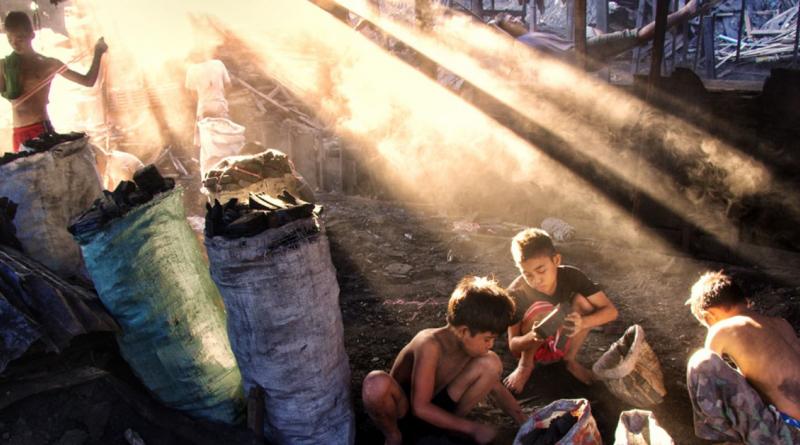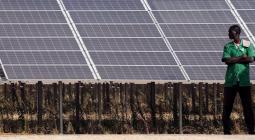The hidden costs of unreliable electricity.

Think back to the last time you experienced a power outage.
It probably wasn’t a great memory. Maybe it involved spending the evening in the dark without anything to do or spending a hot day without air conditioning. If the power was out for a long time, maybe even the food in your fridge began to spoil.
Your power probably came back within a couple minutes or hours. But for the nearly 1 billion people around the world who don’t have access to electricity—or whose access is so unreliable that they can never count on having power—an outage can go on for days or even weeks. And these outages are more than just an inconvenience. They can be deadly.
Many people without reliable access to electricity live in rural villages where even health clinics can’t count on having power. After an outage, doctors sometimes have no way of telling whether the life-saving vaccines in their refrigerators have spoiled. It can be even more stressful if a power outage occurs at night. Sometimes health workers have no choice but to treat patients by candlelight, or by the light of a mobile phone.
Even recharging a mobile phone is tricky when there isn’t electricity at home. It requires walking to a local store and paying 25 cents or more to plug the phone into a solar-powered outlet. That cost adds up fast. It’s actually hundreds of times more expensive to use charging stations than it is to charge a phone at home. But those without electricity don’t have an alternative. Mobile phones enable families to access services and business opportunities that improve their lives, so many pay whatever they have to in order to use their phones.
These hidden expenses are a daily reality for the nearly 1 billion people who live in energy poverty. That’s one reason why increasing access to electricity is critical to lifting the world’s poor out of poverty. The good news is that, since 2016, the number of people living without reliable electricity has dropped by more than 200 million. That’s two hundred million more people who can now study after sundown, use electronic appliances, and charge their phones at home.
At the same time, increased energy consumption means increased greenhouse gas emissions. Methods of generating electricity like coal and natural gas generate carbon dioxide, so unless we decarbonize the way we produce energy, emissions will continue to increase—and climate change will get worse—as energy consumption goes up.
The problem is that many of today’s low carbon energy technologies aren’t a viable alternative yet. While deploying wind and solar in many places around the world is going to be hugely important for tackling climate change, we need innovation in things like storage to make them realistic solutions for the world’s poorest. Plus, many people experiencing energy poverty live in areas without access to the kind of grids that are needed to make those technologies cheap and reliable enough to replace fossil fuels.
It’s important to remember that, even with an uptick in energy usage, people living in level 1 and 2 countries are responsible for a pretty modest share of the world’s emissions. If we’re going to stop climate change, the biggest changes will need to come from level 3 and 4 countries. But I believe we can tackle energy poverty and climate change at the same time by developing ways to make clean energy cheaper to produce, store, and transport. I recently wrote about several promising new solutions.
We want everyone—including the world’s poorest—to have access to cheap, reliable energy. I’m hopeful that innovations in energy technology will help us achieve that while paving the way to a zero-carbon future.
*This originally appeared on gatesnotes.com.
5 August 2019




